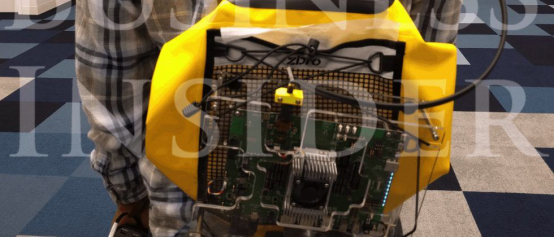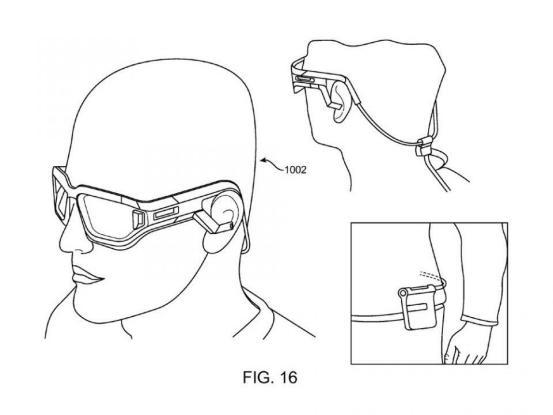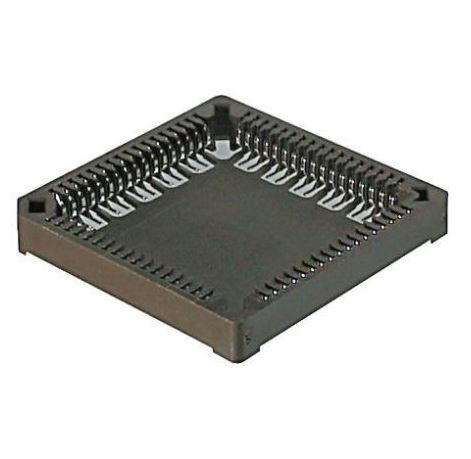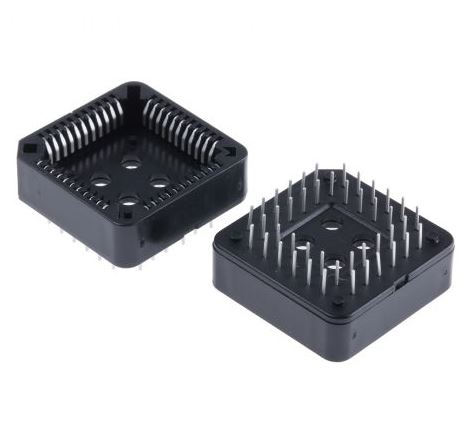Magic Leap has always been a mysterious company, although we often see news about Magic Leap mixed reality technology, but never see any news of prototype products. Last week, a spy shot of the Magic Leap prototype device finally appeared. This made many people very happy. But today, the CEO of Magic Leap Company stood up for the first time and denied the spy photos of the previous hardware prototype, saying that it was not the company’s upcoming launch of a headset based on augmented reality technology.

Last week, photos of what was said to be the Magic Leap prototype device “PEQ0†appeared on the Internet and looked like a rather bulky knapsack computing system and headset. So many people quickly speculated that this may be a product prototype of Magic Leap, but being denied the first time, it is inevitable that there will be some disappointment.
Previously, Magic Leap had released a video showing the company's effectiveness based on augmented reality technology. But so far, Magic Leap has not publicly displayed any technology-related hardware products or related accessories. And what we see in addition to video is a lot of patents.

According to Magic Leap's patented image, this system consists of two parts: the goggles and the middle part of the calculation. However, the computing terminal demonstrated in the patent can be much smaller than the backpack computer system in the spy photos above, and it looks more like an MP3 player that can be hung on the waist.
According to Magic Leap CEO Rony Abovitz, what we see is simply not suitable for companies developing wearable devices based on augmented reality technology. Instead, he said on his social media that this is just an experimental device during product development. Is not a prototype of a retail product. In fact, this is a development tool that helps the Magic Leap platform and technology to collect visual data in space and simulate machine learning techniques.
“This is a tool that helps us understand the lighting, texture, and texture of different surfaces in the room,†Abovitz said. "MxRL still exists in real life."
In fact, this is not the first time that Magic Leap's CEO has been forced to stand up and clarify some outside rumors. In December last year, Abovitz responded to a piece of news about the company's technology demonstration video, and sources said that Magic Leap's product development progress is far less than we thought, and the company is completely unprepared to launch smart glasses products. Although the current view of Magic Leap's products is likely to be much more bulky than we thought.
Despite this, Rony Abovitz denies that this is Magic Leap's early product prototype device, but also said that in fact the company's products seem to be more than this fashion I do not know how many times, but there is no photo or plan to confirm.
Currently Magic Leap has become one of the most watched technology companies in the entire Silicon Valley, and has gained a lot of investment with its rather promising description. The company currently has more than $1.4 billion in advanced, and as a small, small company, Magic Leap’s current augmented reality products have captured the attention of Google and Qualcomm, including the famous science fiction writer Neal Stephenson and Weta’s Richard Taylor. s concern.
Antenk PLCC connectors Series Sockets are low profile, thin wall sockets designed to convert plastic leaded chips to a thru-hole PCB format on a .100" centerline grid.Antenk's superior precision stamped contact design provides consistent, high retention contacts for all size chips.

PLCC Connectors -PLCCSockets
A PLCC socket is a component that connects a chip carrier to an electronic circuit via surface-mounting or through-hole technology.
Plastic leaded chip carriers (PLCCs) are used in surface-mount technology where electronic circuits are produced, and components need to be mounted or placed directly onto a printed circuit board (PCB). The chip carrier is placed in a PLCC socket, which is either surface-mounted or features through-hole technology. A specialised tool called a PLCC extractor is needed to remove the chip carrier from the PLCC socket.
What are PLCC sockets used for?
PLCC sockets are used in surface-mount device (SMD) and surface-mount technology (SMT) applications. PLCC sockets made of heavy gauge copper alloy are compatible in high shock / high vibration applications. PLCC sockets made of rolled-leaf copper are useful in low-cost computer applications.
Types of PLCC sockets
The two primary categories of PLCC sockets are:
Surface-mount PLCC sockets, which are used in devices sensitive to heat from the reflow process. These allow for component replacement without redesigning or reworking the entire PCB.

Through-hole technology PLCC sockets are necessary when a device requires stand-alone programming with flash drives or memory devices. These are also beneficial for prototyping activities where wire wrapping is required.

Plcc Socket,Plcc Connector,Plcc Socket Connector,Smd Plcc Connector,PLCC Connector DIP,PLCC Connector SMT
ShenZhen Antenk Electronics Co,Ltd , https://www.antenk.com
